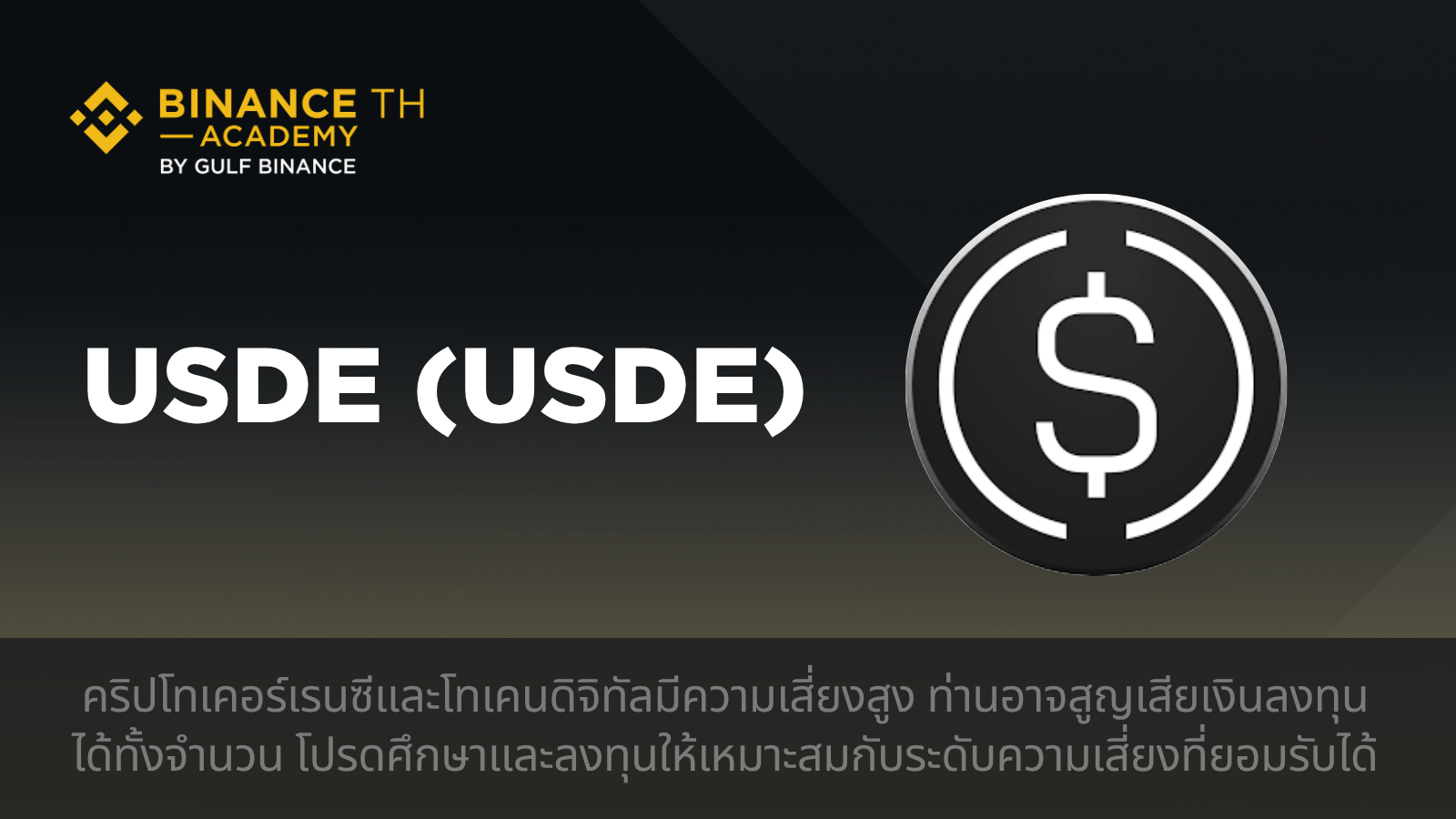What is USDe (USDE)?

Earning yield through a delta-neutral strategy is complex and not easily accessible to most people. Ethena identified this gap and designed USDe so that everyday users can earn yield while keeping the collateralized assets stable and protected from volatility.
USDe is a synthetic U.S. dollar stablecoin built on-chain. It maintains its peg to $1 through a delta-neutral mechanism, ensuring stability via continuous hedging.
How USDe Maintains Price Stability
Peg Stability Mechanism The system keeps USDe pegged to the U.S. dollar by opening short positions in derivatives markets to offset movements in the underlying collateral.
If the collateral asset’s price goes up or down, the short hedge compensates. This ensures that the combined value of the collateral stays constant, keeping USDe near $1.
Ethena does not use excessive leverage beyond peg maintenance, ensuring stability and avoiding added risk.
Example of USDe Mechanism
1. A whitelisted user deposits around $100 in USDT or USDC.
2. The system uses the stablecoins to purchase stETH or ETH, which generates staking rewards.
3. About 100 USDe are minted instantly (minus gas and hedge costs).
4. The system opens short ETH perpetual futures equivalent to the collateral’s value, making the position delta-neutral.
5. The collateral (stETH) is held with an Off-Exchange Settlement provider to reduce counterparty risk.
6. Exchanges use the collateral for margin in the hedge but do not custody it directly.
7. Users who stake USDe receive sUSDe, giving them rights to staking rewards and funding rate yield.
Revenue Streams
USDe generates income from three main sources
Funding/basis spreads from derivatives (e.g., short/long hedging positions).
Rewards from liquid collateral assets such as staking or DeFi pools.
Ethereum staking rewards, from both consensus and execution layers.
Protocol Risks
Like any DeFi system, Ethena carries multiple risks
Smart contract vulnerabilities
External platform risk
Liquidity risk
Asset management risk
Counterparty risks in exchanges
General market risk
To mitigate these, Ethena diversifies providers at each step, monitors partners and market conditions closely, and applies a layered risk management approach.
Conclusion
Ethena’s goal is to build a stablecoin that combines yield generation with strong safety mechanisms. USDe leverages advanced hedging, staking rewards, and funding rate profits to maintain both stability and attractive returns.
For users, this means access to a sophisticated financial product that would otherwise be too complex to execute individually. However, users must remain aware of the risks smart contracts, external platforms, and liquidity despite Ethena’s active risk management efforts
